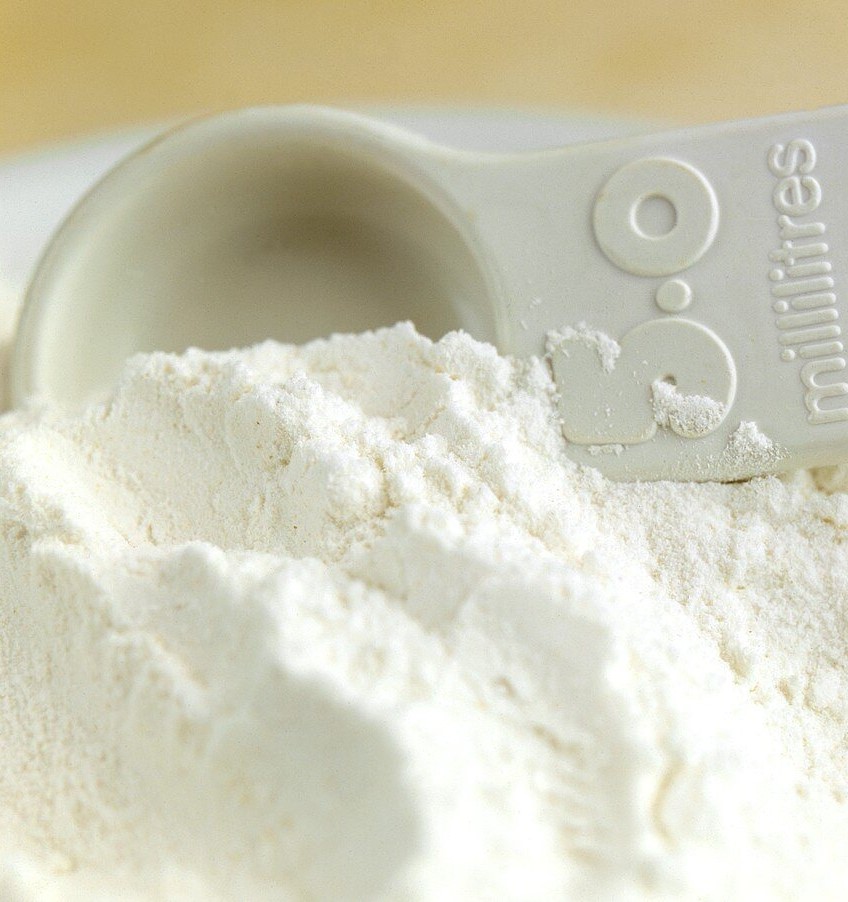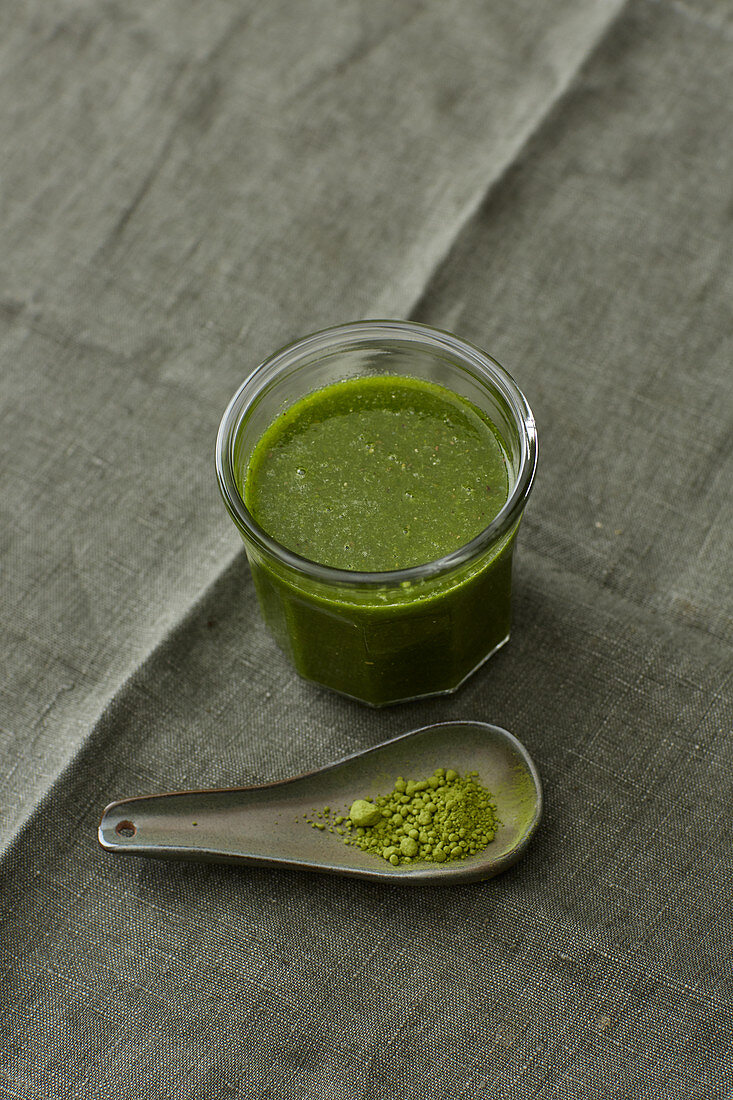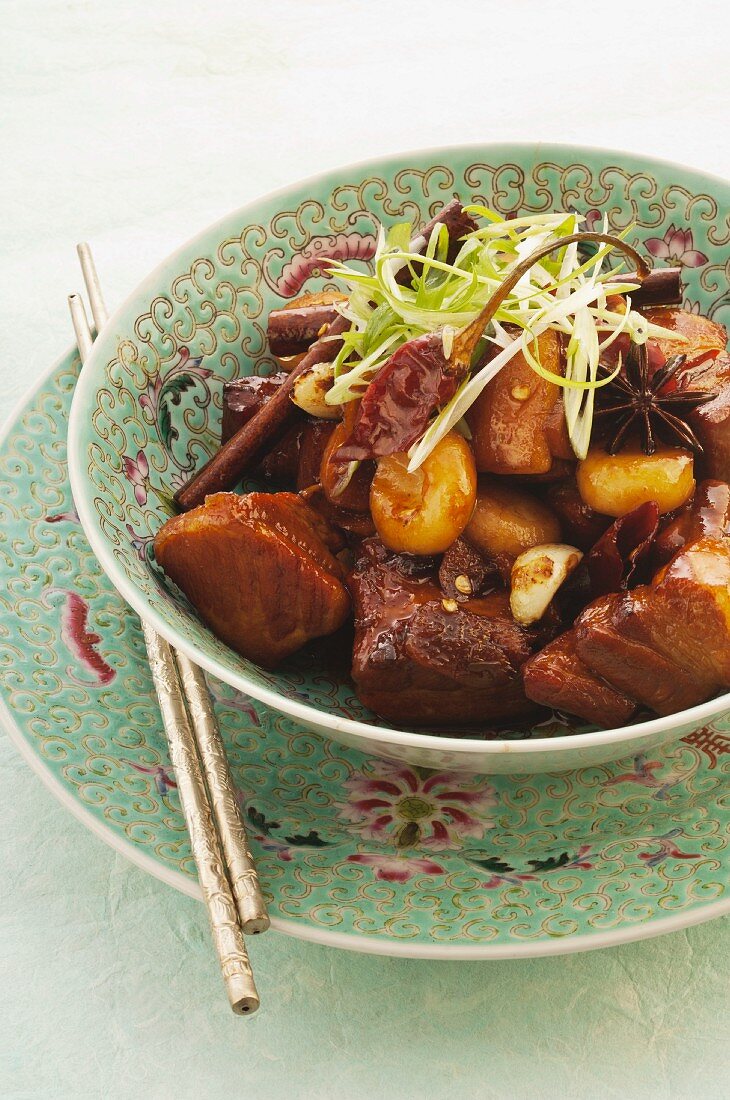Baking powder is a key ingredient in many recipes, helping cakes and muffins rise to fluffy perfection. Measuring baking powder accurately is crucial, as too much or too little can ruin a dish. Whether it’s for a quick batch of cookies or a celebratory cake, getting the measurement right makes all the difference.
Many home bakers might not realise that baking powder can lose its potency over time. This makes knowing how to measure it properly even more important. Using the right tools can help ensure that every bake turns out as intended.
Understanding Baking Powder
Baking powder is an essential ingredient in baking. It helps make baked goods rise and become fluffy. Knowing its makeup and types can help anyone use it correctly for their recipes.
Composition and Chemical Reactions
Baking powder consists of three main ingredients: an acid, a base, and a filler. The acid is usually cream of tartar, and the base is typically baking soda. The filler helps keep the baking powder dry and allows for easy measurement.
When baking powder meets liquid and warmth, a chemical reaction occurs. This reaction releases carbon dioxide gas, which makes the dough rise. There are two types of baking powder: single-acting and double-acting. A single-acting powder reacts once when wet, while double-acting powders react twice—once when wet and again when heated.
Types of Baking Powder
There are two main types of baking powder available: single-acting and double-acting.
-
Single-acting baking powder: It reacts fully upon contact with moisture. This means that once it’s mixed into a batter, it must be baked immediately to achieve the best results.
-
Double-acting baking powder: This one is more common. It reacts in two stages. The first reaction happens when moisture is added. The second occurs when the mixture is heated.
Using double-acting baking powder gives bakers more flexibility. They can prepare their mixtures ahead of time without losing the leavening power. Understanding these types helps ensure successful baking results.
Essential Tools for Measurement
When measuring baking powder, having the right tools can make a big difference. Accurate measurements help achieve the best results in baking.
Measuring Spoons
Measuring spoons are easily found in any kitchen. They usually come in sets that include common sizes like teaspoons (tsp) and tablespoons (tbsp).
Key Sizes:
- 1 tablespoon (15 ml)
- 1 teaspoon (5 ml)
It’s important to use the correct size for your recipe. For baking powder, a level scoop is best to avoid adding too much. To measure, fill the spoon and then use a straight edge to level it off. This ensures consistent measurement.
It’s also helpful to have a set made of metal or plastic. These materials are durable and easy to clean. If they have engraved measurements, it can be easier to read them. They also tend to last longer.
Kitchen Scales
A kitchen scale offers another accurate way to measure baking powder. It is especially useful for larger quantities.
Tips for Using Kitchen Scales:
- Zeroing the Scale: Start by placing a small bowl on the scale and resetting it to zero. This way, only the weight of the baking powder counts.
- Measuring in Grams: For precision, measuring in grams is preferred. This is important for recipes that rely on exact amounts.
A digital scale is easy to read and usually provides quick results. They can measure minimal weights, making them ideal for precision baking. Whether weighing a small or large batch, scales help ensure the right amount every time.
Measuring Techniques
Measuring baking powder accurately ensures recipes turn out just right. There are two main ways to do this: using a spoon or weighing it. Both methods have their advantages, depending on what’s available.
Spoon, Level, and Sweep Method
This method is simple and requires only a spoon and a flat edge. Start by using a dry measuring spoon to scoop the baking powder.
- Fill the Spoon: Dip it into the container and let it fill up.
- Level It Off: Use a straight edge like a knife or spatula to scrape across the top. This gives a precise measurement.
- Sweep Away Extra: Make sure there are no extra crumbs left on the spoon.
This method works well when precision isn’t critical. For most recipes, it’s quick and effective.
Weighing for Precision
Weighing baking powder is the best choice for accuracy. It’s especially useful in professional baking or when making large batches.
- Use a Kitchen Scale: Turn on the scale and place a bowl on it. Zero the scale out to avoid counting the bowl’s weight.
- Add Baking Powder: Spoon in the baking powder until you reach the desired weight.
Most baking powders weigh about 4 to 5 grams per teaspoon. This method can reduce errors and improve the final result, making it a great option for serious bakers.
Related
Tips for Accurate Measurement
Measuring baking powder correctly is key to baking success. There are simple methods to avoid mistakes, and caring for baking powder can keep it effective. Here’s what to keep in mind.
Avoiding Common Errors
One common mistake is using the scoop method. This can pack the powder too tightly, leading to too much being used. Instead, use a spoon to lightly fill the measuring cup. Level it off with a straight edge, like a knife.
Another issue is moisture. Baking powder can clump if it gets wet. Always store it in a cool, dry place. Also, check the expiry date. Old baking powder loses its potency and won’t help baked goods rise.
Finally, use the right type of measuring spoon. Accurate tools are important. For smaller amounts, a set of measuring spoons can help ensure the correct dosage.
Storage and Care for Consistency
For best results, store baking powder in an airtight container. This keeps moisture out and maintains its effectiveness. A tightly sealed jar works well.
Avoid keeping baking powder near the stove or sink. Heat and humidity can make it go bad quicker.
Check its freshness before each use. A simple test is to mix a teaspoon of baking powder with a bit of hot water. If it fizzes, it’s still good. If not, it’s time to replace it with reliable baking.
Adjusting Measurements
Measuring baking powder can vary based on different conditions. Factors like altitude and humidity can affect how baking powder works. Here’s how to adjust measurements in these situations.
Altering for Altitude
At higher altitudes, the air pressure is lower. This can cause baked goods to rise too quickly, leading to collapse. To adjust baking powder measurements, he should reduce the amount used.
For every 1,000 feet above sea level, decrease the baking powder by about 1/8 teaspoon for each cup of flour. It’s crucial to keep an eye on how the batter reacts. If it puffs up too fast, they might need to lower the amount even more. Also, consider adding extra liquid to balance things out as the dough could dry out quicker in high altitudes.
Modifying for Humidity
Humidity can impact baking by making ingredients moister. When it’s humid, baking powder may lose its potency quicker. Therefore, adjusting the amount becomes essential.
During humid weather, it’s a good idea to use 1/8 teaspoon less baking powder for every cup of flour. If the recipe already includes wet ingredients, he might want to cut down on those too. It helps keep the batter from becoming too runny. Always check the consistency of the mixture before baking. Adjusting the amount based on the weather can lead to better results in baking.
When to Replace Baking Powder
Baking powder can lose its effectiveness over time. Knowing when to replace it ensures consistent baking results. Two important factors to consider are the shelf life of baking powder and how to test its potency.
Shelf Life and Potency Tests
Baking powder usually lasts about 6 months to a year after opening. After this time, it might not work as well. It’s important to check the expiration date on the package.
To test if baking powder is still good, add a teaspoon to a small amount of hot water. If it bubbles vigorously, it’s still potent. If there’s little to no reaction, it’s time to replace the baking powder. Keeping baking powder stored in a cool, dry place also helps maintain its effectiveness for longer.
Also, Read




